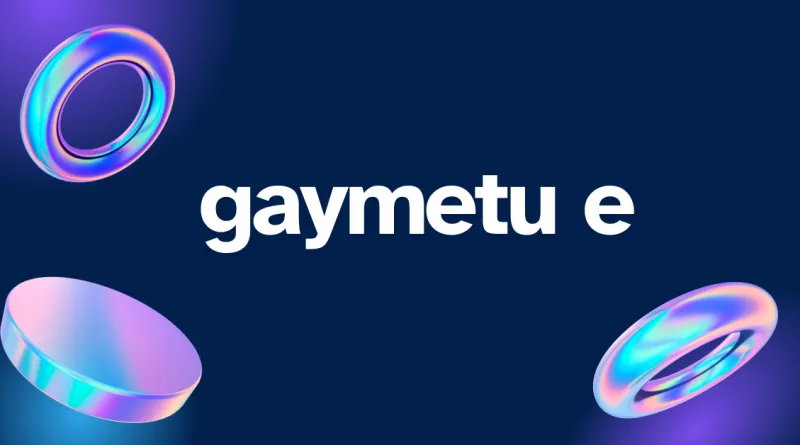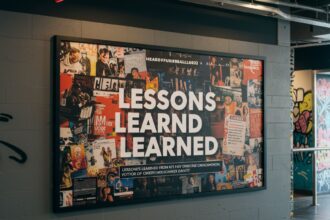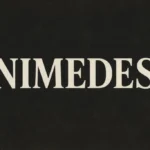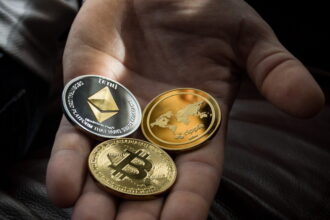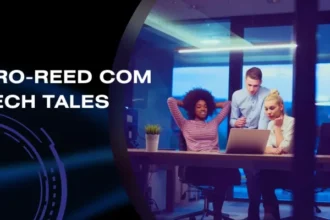Introduction to Gaymetu E
Have you ever stumbled upon a term that catches your attention yet leaves you curious about its deeper significance? Welcome to the world of Gaymetu E, where digital culture meets creativity and expression. This intriguing concept has emerged as a powerful force in various online communities, driving conversations and inspiring connections. As we delve into what Gaymetu E truly means, its history, applications, and societal impact will unfold before us. Prepare to explore how this unique phenomenon is shaping our digital landscape!
History and Evolution of Gaymetu E
The history of Gaymetu E traces back to the early days of digital culture. It emerged as a playful term within online gaming communities, where players sought to connect beyond traditional narratives.
As technology advanced, so did its usage. The concept evolved alongside social media platforms, finding new expressions in memes and creative content.
This evolution mirrored shifts in societal attitudes towards identity and representation. As discussions around inclusivity grew louder, Gaymetu E became a symbol for self-expression among marginalized groups.
In recent years, it has gained traction across various platforms. Its adaptability allows it to resonate with diverse audiences while maintaining its roots in gaming culture. This journey reflects broader trends in digital communication and community-building efforts that continue to shape our online experiences today.
Understanding the Meaning of Gaymetu E
Gaymetu E represents a fascinating intersection of digital expression and identity. At its core, it embodies the essence of community within online spaces.
The term resonates deeply with individuals who identify as part of the LGBTQ+ spectrum. It acts as both an emblem and a rallying cry for inclusivity in gaming, social media, and beyond.
This concept is not merely about representation; it’s about empowerment. Gaymetu E encourages users to express their true selves without fear or hesitation.
Moreover, this idea fosters connection among like-minded individuals. Through shared experiences, people find solidarity in their journeys.
In essence, Gaymetu E transcends traditional boundaries. It’s about creating safe havens where everyone can thrive digitally while celebrating their unique identities.
The Uses and Applications of Gaymetu E in the Digital World
Gaymetu E has emerged as a versatile tool in the digital landscape. It serves various purposes, from enhancing user engagement to fostering community connections.
In gaming, platforms leverage GaymetuE to create immersive environments where players can express their identities freely. This adds depth to gameplay and cultivates inclusivity within virtual spaces.
Social media utilizes Gaymetu E for content creation that resonates with diverse audiences. Influencers often adopt its principles to craft relatable narratives, bridging gaps between different cultures and experiences.
Educational tools are another area ripe for GaymetuE applications. They encourage discussions around LGBTQ+ topics, promoting understanding among students of all backgrounds.
Furthermore, marketing strategies increasingly incorporate Gaymetu E elements. Brands recognize the importance of authenticity and representation in connecting with consumers on a personal level.
The Impact of Gaymetu E on Society and Culture
Gaymetu E has made significant waves in society, influencing the way individuals identify and express themselves. It has provided a platform for marginalized voices, fostering inclusivity and visibility within various communities.
This shift towards acceptance encourages open dialogues about identity and personal experiences. As more people embrace GaymetuE, traditional norms are challenged, leading to a broader understanding of gender and sexuality.
Within popular culture, we see representations that resonate with this movement. Media showcases diverse stories that reflect real-life experiences linked to Gaymetu E. This not only educates but also inspires others on their journeys toward self-acceptance.
Moreover, these cultural changes spark creativity across art forms like music, literature, and visual arts. Artists draw from their lived experiences under the banner of GaymetuE, contributing rich narratives that enrich our shared human experience.
Controversies Surrounding Gaymetu E
The rise of Gaymetu E has ignited numerous debates across various communities. Critics argue that it promotes a narrow view of identity, often marginalizing those who don’t fit neatly into its framework.
Some see Gaymetu E as an empowering tool for self-expression. Others contend it risks oversimplifying complex human experiences. This tension highlights a broader struggle over representation in digital spaces.
Social media platforms have become battlegrounds for these discussions, with influencers and activists passionately weighing in on the topic. The conflicting opinions reveal deep-seated values and beliefs about inclusion and diversity.
Additionally, there are concerns regarding misuse or appropriation of Gaymetu E by individuals seeking to exploit its popularity rather than genuinely engage with its essence. Such actions can dilute the message intended by original proponents, sparking further outrage within supportive circles.
Navigating these controversies requires sensitivity to the varied perspectives involved while fostering constructive dialogue among all parties engaged in this evolving conversation.
Future Possibilities for Gaymetu E
The future of gaymetu e is brimming with potential. As digital landscapes evolve, so too will its applications. We might see innovations that blend virtual reality and augmented experiences, creating immersive environments for users to explore their identities.
Moreover, advancements in artificial intelligence could enhance personalized interactions within platforms that utilize gaymetue. This means tailored content and community engagement strategies may emerge, fostering deeper connections among users.
Social movements around inclusivity are also likely to play a pivotal role in shaping its trajectory. With growing awareness and acceptance, we can expect more mainstream adoption within various online spaces.
Additionally, the technology behind gaymetue could be harnessed for educational purposes. Workshops or webinars focusing on digital identity representation might become commonplace, empowering individuals while promoting understanding across diverse communities.
Conclusion
The digital landscape continuously evolves, and gaymetue stands as a noteworthy element within this dynamic environment. Its multifaceted nature reflects the ongoing dialogue around identity, community, and technology. As it continues to shape interactions online, its implications on culture and society cannot be understated.
Understanding gaymetu e invites curiosity about how it connects individuals globally. The interplay between technology and personal expression offers endless avenues for exploration. With both challenges and opportunities ahead, the future of gaymetu e remains promising yet complex.
As we navigate this terrain together, engaging with new concepts like gaymetue enhances our collective experience in an increasingly interconnected world. It’s clear that as digital narratives unfold, they will continue to reflect diverse identities—making them richer than ever before.


